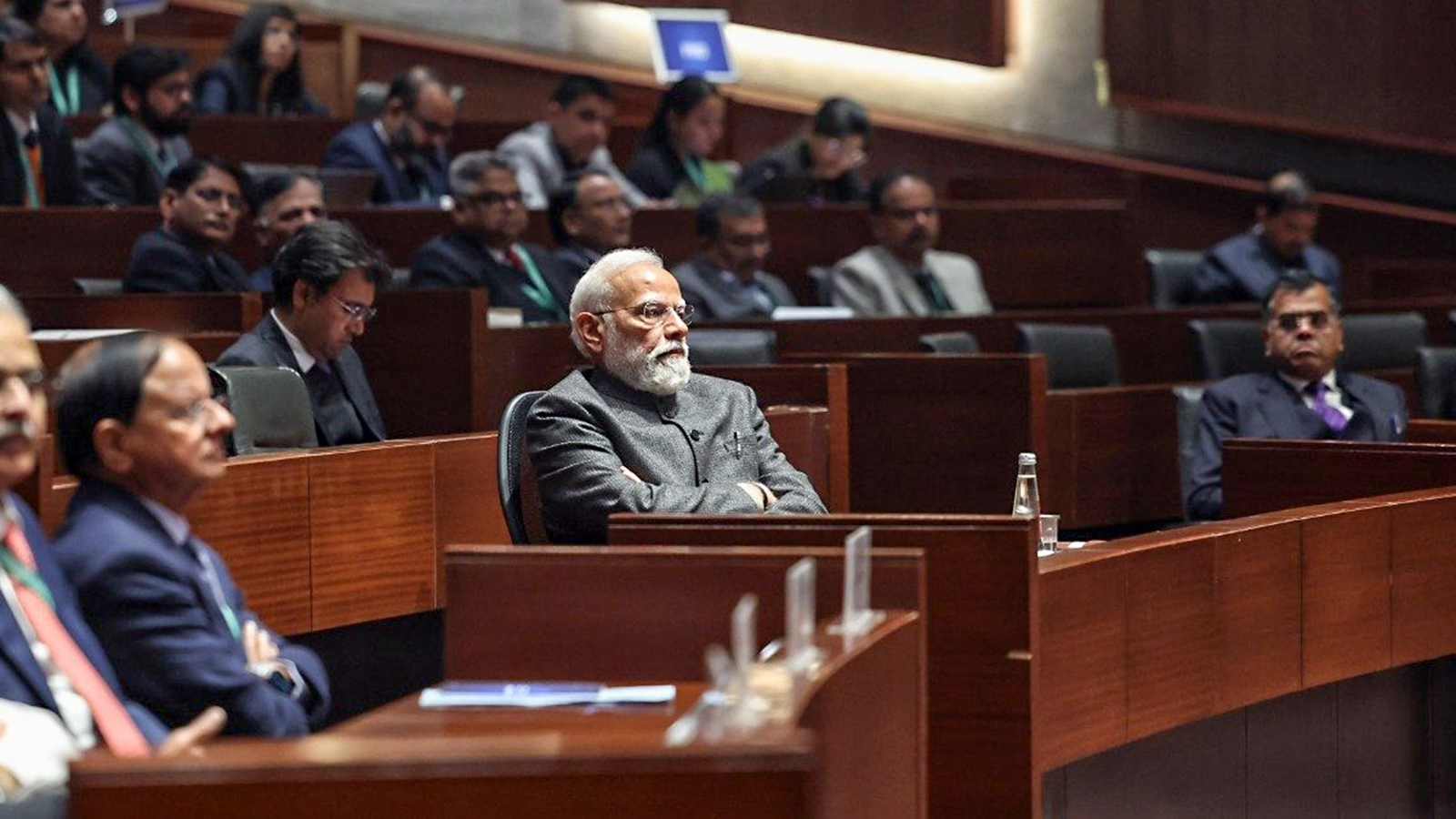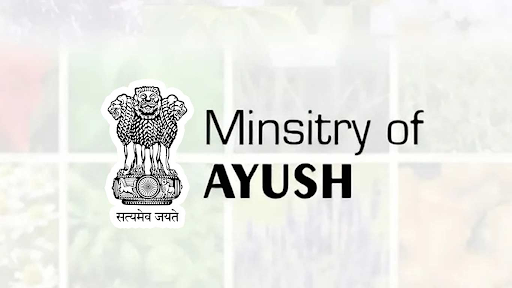Description
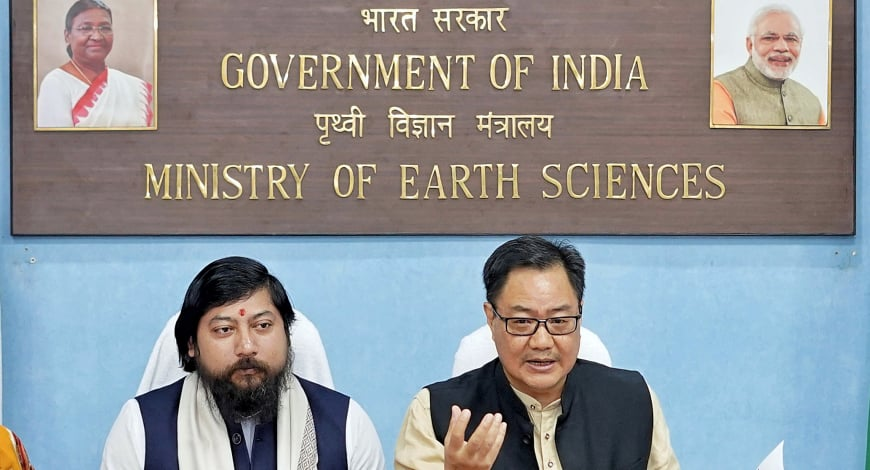
Copyright infringement not intended
Picture Courtesy: www.businessworld.in
Context: The Ministry of Earth Sciences (MoES) has launched a new scheme called “PRITHvi VIgyan (PRITHVI)” to advance the scientific understanding and prediction of various aspects of the Earth system.
Details
- The scheme will integrate five existing sub-schemes of MoES, namely:
- ACROSS: Atmosphere & Climate Research-Modelling Observing Systems & Services
- O-SMART: Ocean Services, Modelling Application, Resources and Technology
- PACER: Polar Science and Cryosphere Research
- SAGE: Seismology and Geosciences
- REACHOUT: Research, Education, Training and Outreach
ACROSS
- It is a comprehensive program that covers atmospheric science, climate change, weather forecasting, air quality and aerosol research.
- The main objectives of ACROSS are to improve the accuracy and reliability of weather and climate predictions, to understand the causes and consequences of climate variability and change, to monitor and assess air quality and its impact on health and the environment, and to develop and deploy state-of-the-art observing systems for atmospheric research.
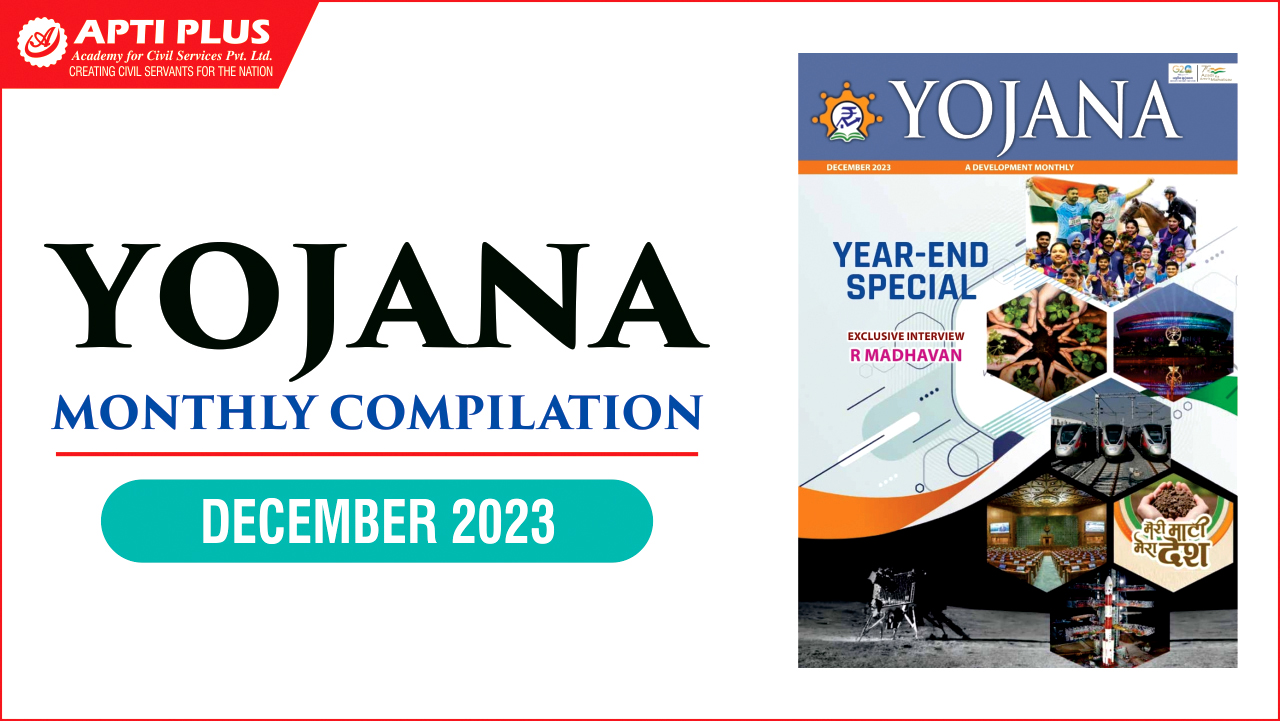
O-SMART
- It is a multidisciplinary program that covers ocean observation, modelling, services, resources, technology and capacity building.
- The main objectives of O-SMART are to provide timely and accurate ocean information and advisory services for various sectors such as fisheries, navigation, coastal management, disaster management and security, to explore and harness the ocean resources such as minerals, energy and biotechnology, to develop and deploy cutting-edge ocean technology for observation, exploration and exploitation, and to enhance the human resource development and international cooperation in ocean science and technology.
PACER
- It is a focused program that covers the scientific exploration and research in the Polar Regions (Arctic and Antarctic) and the cryosphere (glaciers and snow).
- The main objectives of PACER are to understand the role of polar regions and cryosphere in the global climate system, to assess the vulnerability and resilience of polar ecosystems and biodiversity, to study the geology, geophysics and geochemistry of the polar regions, to monitor and model the changes in the cryosphere and their impact on water resources and sea level rise, and to participate in the international scientific collaborations and governance of the polar regions.
SAGE
- It is a specialized program that covers seismological research and earthquake hazard mitigation.
- The main objectives of SAGE are to improve the seismic monitoring network and data analysis, to understand the seismicity and tectonics of the Indian subcontinent and its surroundings, to estimate the seismic hazard and risk for various regions of India, to develop earthquake early warning systems and preparedness measures, and to promote public awareness and education on earthquake safety.

REACHOUT
- It is a cross-cutting program that covers the dissemination of scientific knowledge and applications of earth sciences to various stakeholders such as students, teachers, researchers, policymakers, media and the public.
- The main objectives of REACHOUT are to enhance the quality and quantity of human resources in earth sciences through various schemes such as fellowships, scholarships, internships, training programs etc., and to create a culture of innovation and entrepreneurship in earth sciences through various platforms such as incubation centres, hackathons, challenges etc., to communicate the scientific achievements and societal benefits of earth sciences through various media such as publications, documentaries, exhibitions etc., and to foster national an
|
MoES is responsible for providing services for weather, climate, ocean and coastal state, hydrology, seismology, and natural hazards; exploring and harnessing marine living and non-living resources in a sustainable manner for the country; and exploring the three poles of the Earth (Arctic, Antarctic and Himalayas). These services include weather forecasts (both on land and in the Oceans) and warnings for various natural disasters like tropical cyclones, storm surges, floods, heat waves, thunderstorms and lightning; alerts for Tsunamis and monitoring of earthquakes.
|
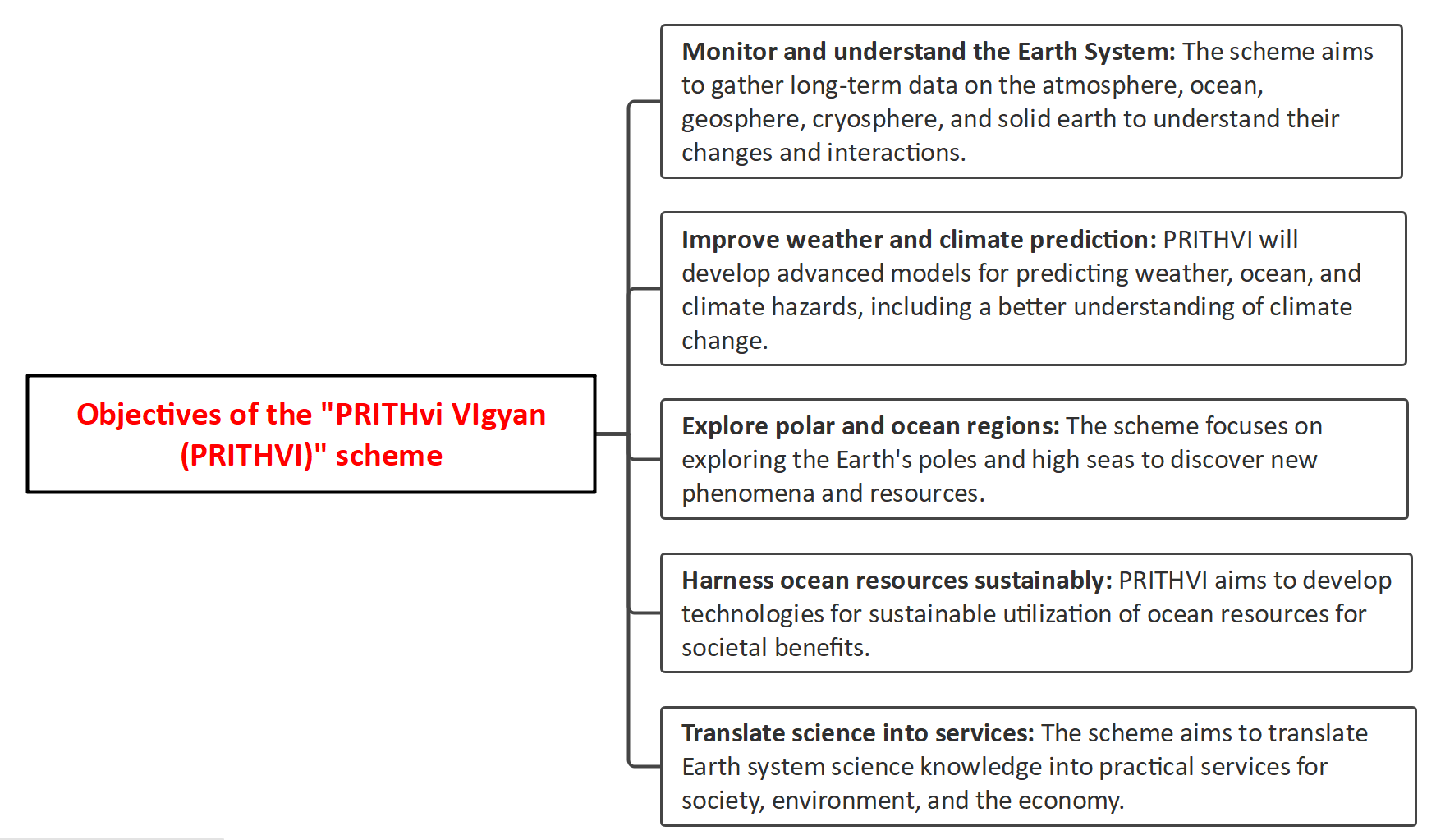
Conclusion
- PRITHVI is a visionary scheme that will strengthen India's capabilities in Earth systems science and provide valuable inputs for policy making, planning and development. It will also contribute to global efforts to address the challenges posed by climate change and natural hazards.
|
PRACTICE QUESTION
Q. How does the PRITHvi VIgyan (PRITHVI) scheme, introduced by the Ministry of Earth Sciences, contribute to India's efforts in combating climate change and enhancing environmental resilience?
|










